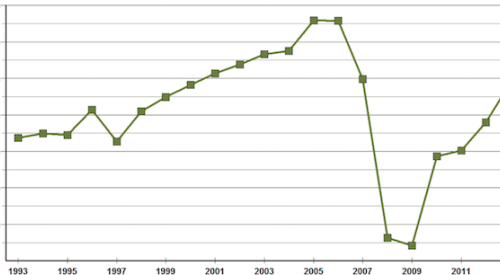While the land buy sets the stage for profit potential, direct construction costs are the major variable that actually determines what the profit will be.
Because they are variable, a reduction in direct costs of $1,000 for a 100-unit-a-year builder will increase profit by $100,000, while a reduction in an operating or fixed cost of $1,000 will increase profit by only $1,000. There is no multiplier.
To determine what direct costs should be, deduct from the market-set sales price the targeted (and sacred) profit, along with the land cost at builder retail, the operating expense allocation and historical cost slippage (variances). Here is an example:

Use this target to design and specify the product. Break it into individual cost components and value-engineer to reduce material, labor and waste. Then continually attack direct costs on all fronts.
Eliminate low-profit house plans. Conduct cost/benefit analysis before you put any standard feature into a house. Just because competitors offer a feature as standard does not mean customers put value on it. Keep direct costs in the range of 48% to 52% of sales price. And remember that discounting sales price effectively increases direct construction costs.
Chuck Shinn, President, Lee Evans Group
cshinn@leeevansgroup.com












